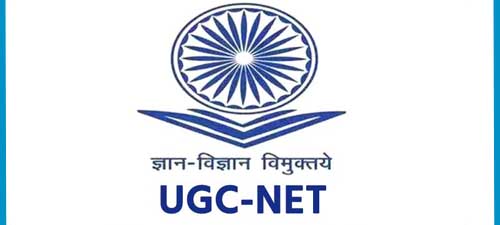Complexity in travel Decision Making:
Before the final decision is made the tourist faces countless dilemmas and until they all are sought out the purchase of any tourism related product is unfeasible. At times the tourists are facilitated by travel companies or tour operator but unfortunately selection of Travel Company is also one Complexity in Travel decision making process.
1. Recommendation Complexity: An individual is surrounded by social cultural environment (discussed under point 6) which to a greater extent affect the final decision completion process. E.G. A recent visit taken by a close friend may recommend his group for same.
It must be noted that all elements present in the Trip decision may not have alike and positive feedback and will differ as per individual’s personal experience. Now, a days the Pictures, information and captions uploaded on Social Networking sites are acting a Recommendation.
2. Emotional Complexity: Certain occasions have a patterned way of making a trip decision and more or less are found to be similar in other tourist also with same occasion. For an instance, Honeymooners have similar choices in making a trip decision for romantic destinations or a easily accessible one.
You may interested to read Goals and objective of sustainable tourism development
As reported by The Times of India, Coorg (Karnataka), Udaipur(Rajsthan), Kovalam (Kerela), Shimla (Himachal Pradesh), Ooty (Tamil Nadu), Nainital (Uttrakhand) etc are commonly preferred as Honeymoon destination by Couples in India.
3. Time Complexity: The trip decision needs time and effort as well as perfect duration for visiting a specific destination. Each destinations differs in its ‘best time to visit’ information, Factors like Festivals, monsoon, public holidays, Summer and Winter Breaks etc makes lot of difference to trip decision.
4. Selection of Service Provider Complexity: Another issue which is challenging is from ‘whom’ to avail various facilities or the combination of facilities. This challenge becomes more complicated to overcome with the presence of numerous service providers present offline and online.
It is essential to draw attention to the fraudulent offers by service providers. The information, charges, packages disclosed may be deceptive or subject to terms and conditions. Here the principle of ‘Caveat Emptor’ is applicable which means the user/buyer/tourist is alone responsible for checking the terms and conditions, policies and agreements before making any purchase.
Read more on Local Community Involvement in Tourism Development
5. Information Search Complexity: there are number of resources which provides ample of information but its authenticity still remains a vital query. Although , associations like IATO (Indian Association of Tour Operators), established in 1982 National apex body has over 4000 members covering all segments of Tourism Industry can help outbound and inbound tourists to a greater extent as it is internationally accepted and linked. It acts as a rich source of information and can reduce this level of complexity to a greater extent.
6. Security Complexity: Security can be divided into many categories like physical, financial, and Emotional. Physical security is the basic requirement of a tourist which included safety dimensions present in the Journey and the decision free from all kind of untoward incidences.
Next category talks about Cost Versus Satisfactions analysis and for sure the later needs to be higher than the previous one. Emotional security is already discussed under Emotional Complexity point.
Also read Benefits of Tourism to various stakeholders
7. High Involvement Complexity: As it is already discussed that Disposable income is one factor influencing the decision therefore it would not be fair enough to mention that domestic tours are of low involvement and International tours are of high involvement nature.
E.G. For a person with low disposable income, even a trip worth Rs. 30000 can be of high involvement nature. Therefore it must be noted that all kinds of trip decisions are of high involvement nature and any fault can lead to serious repercussion and financial loss.


